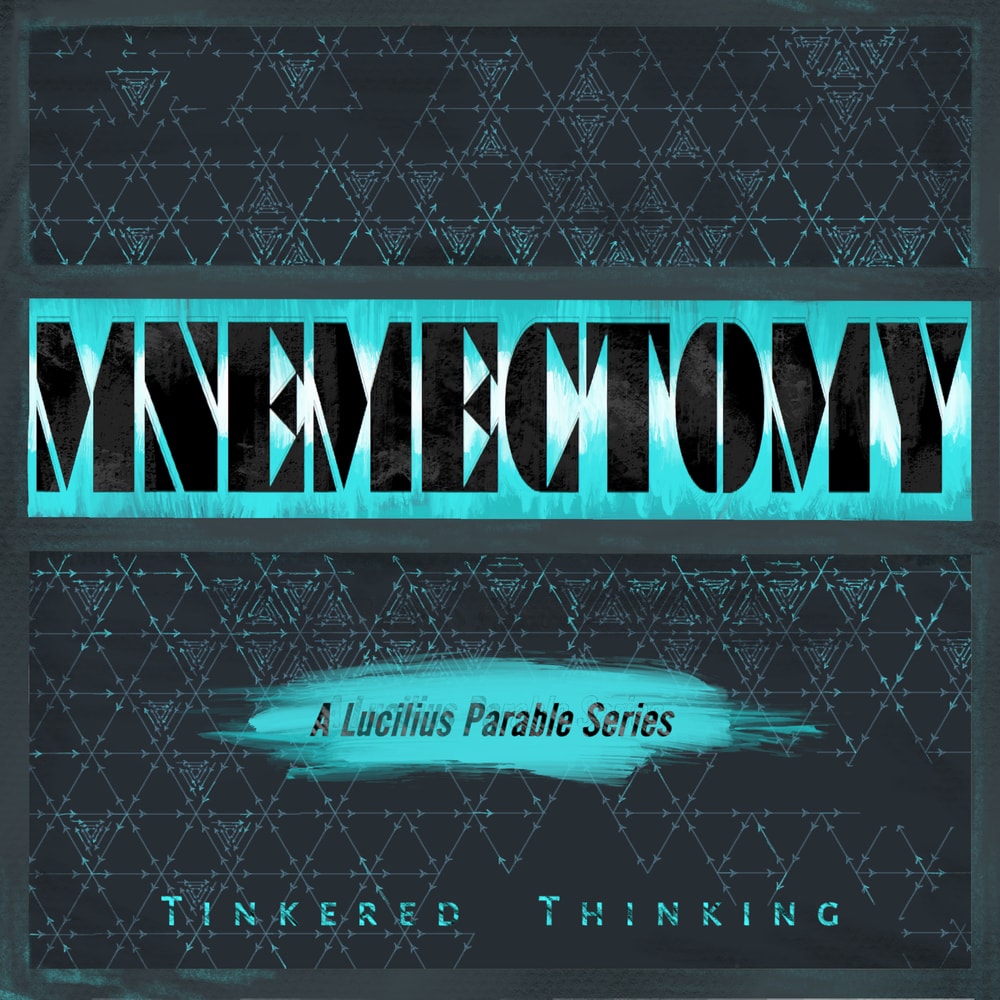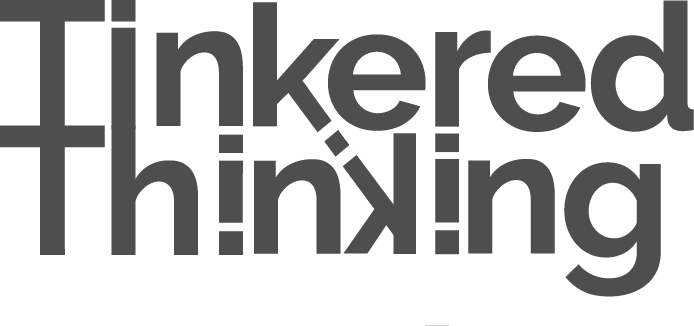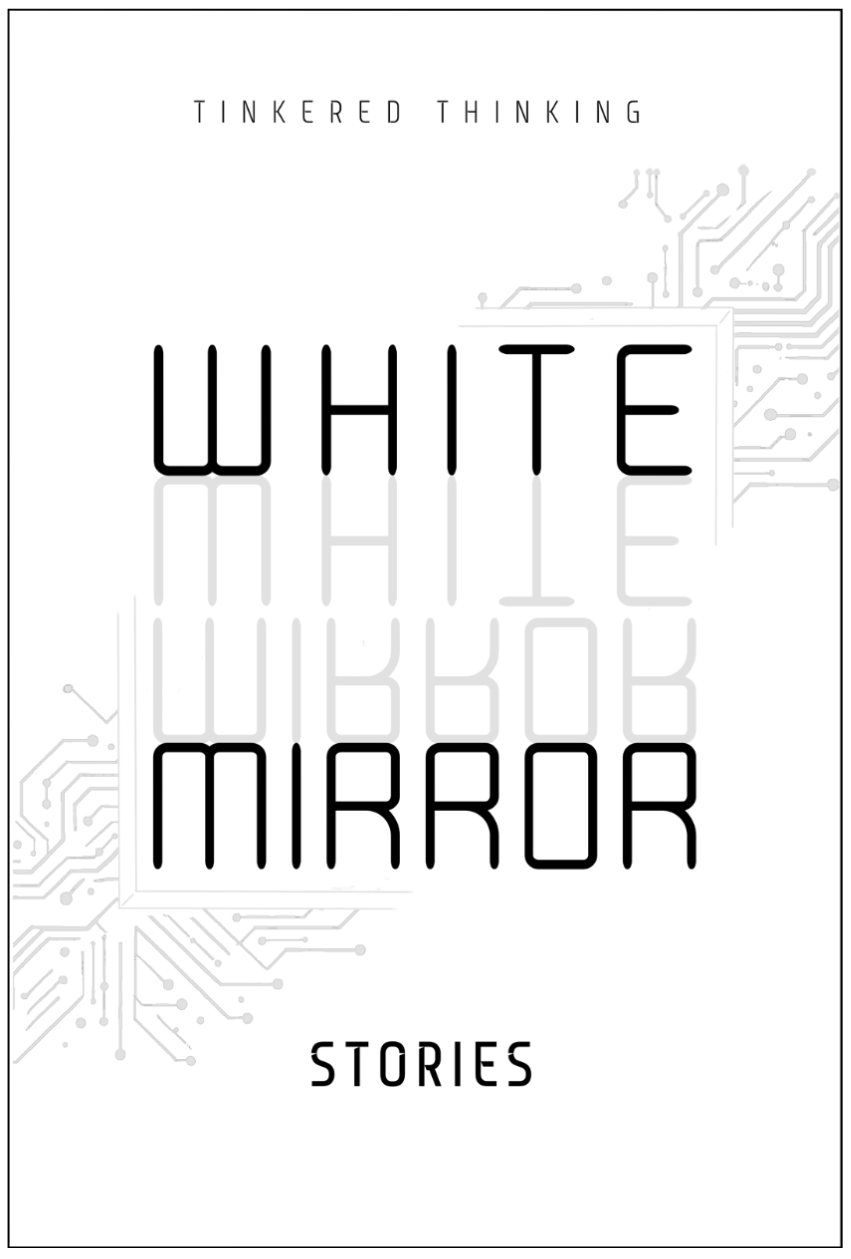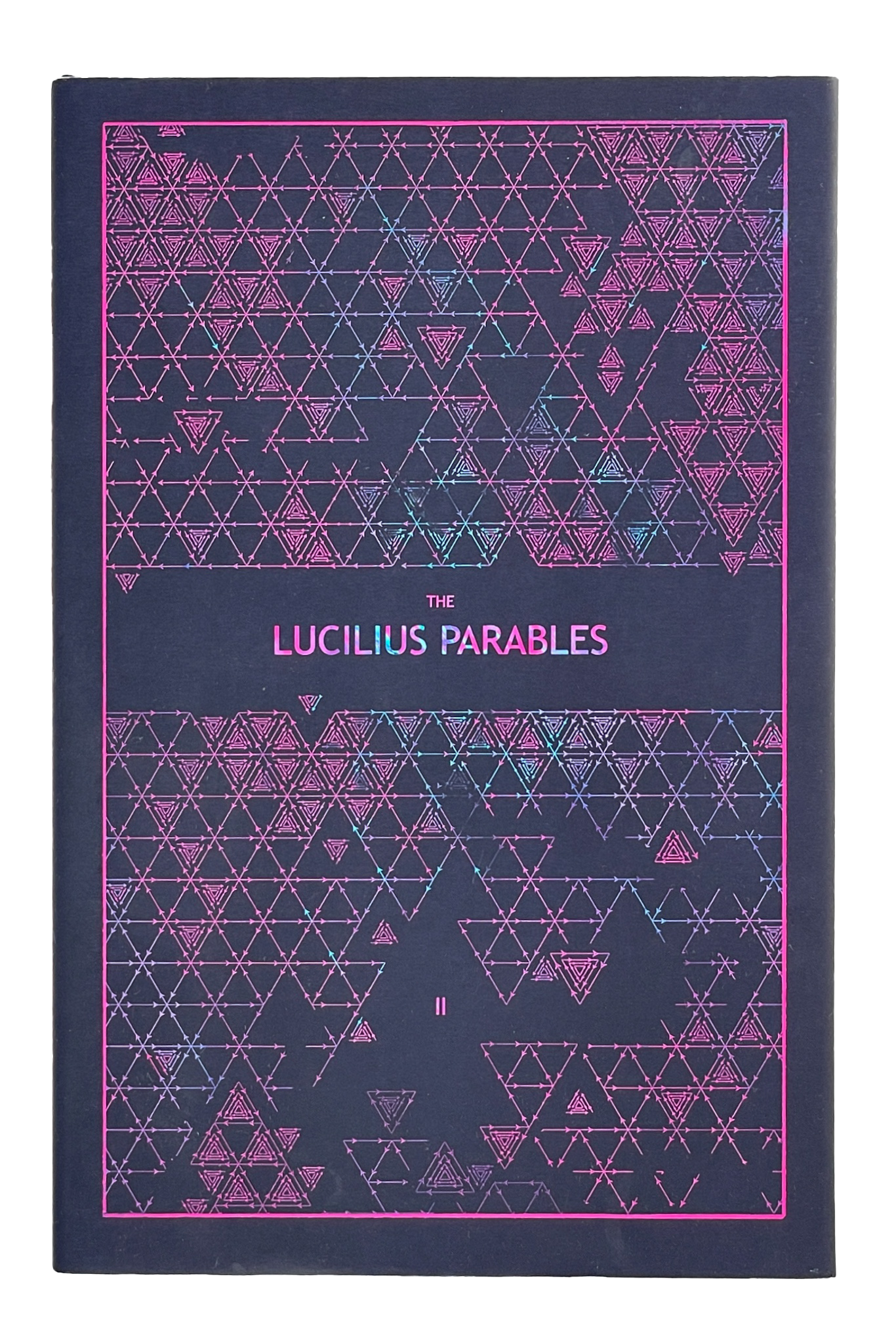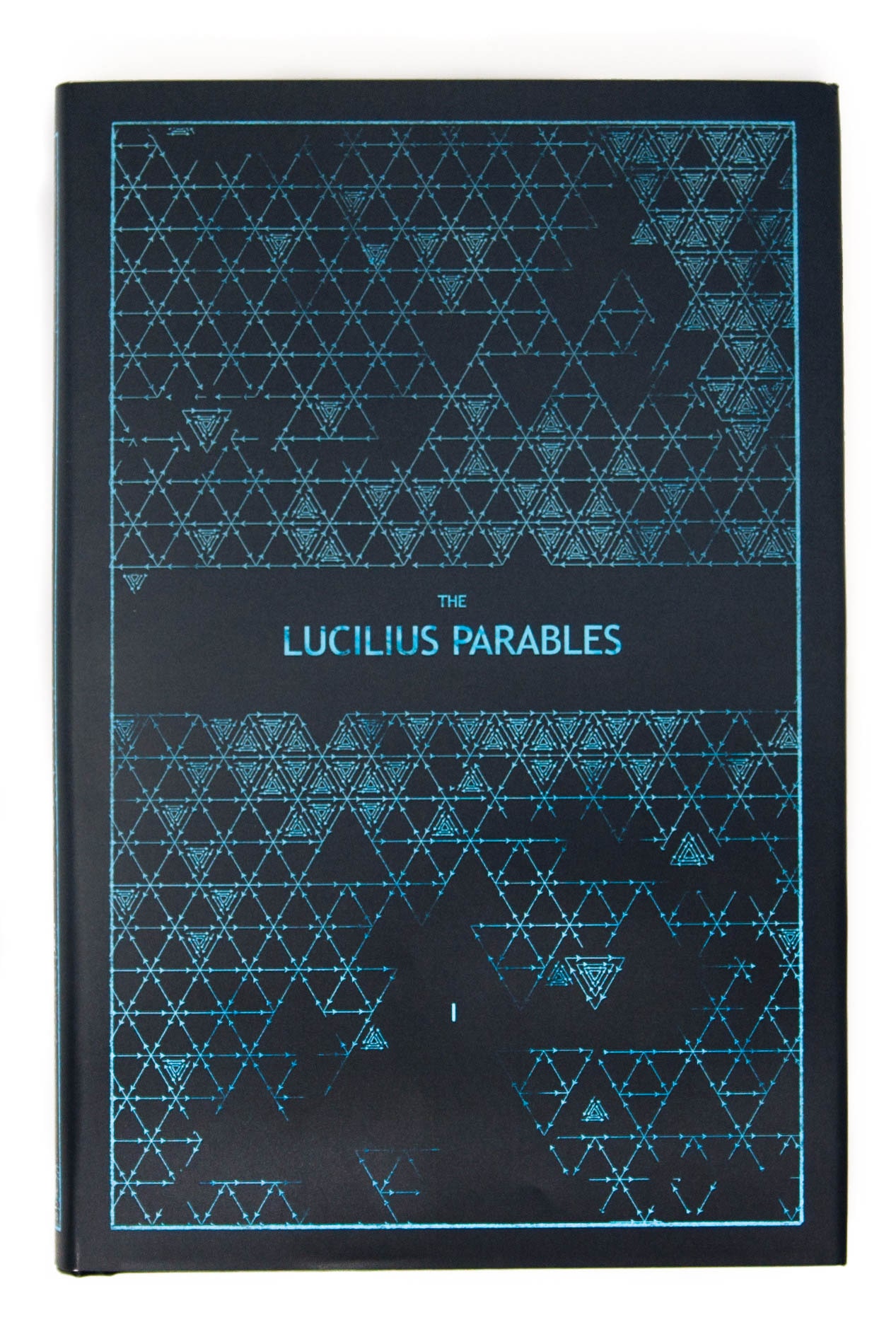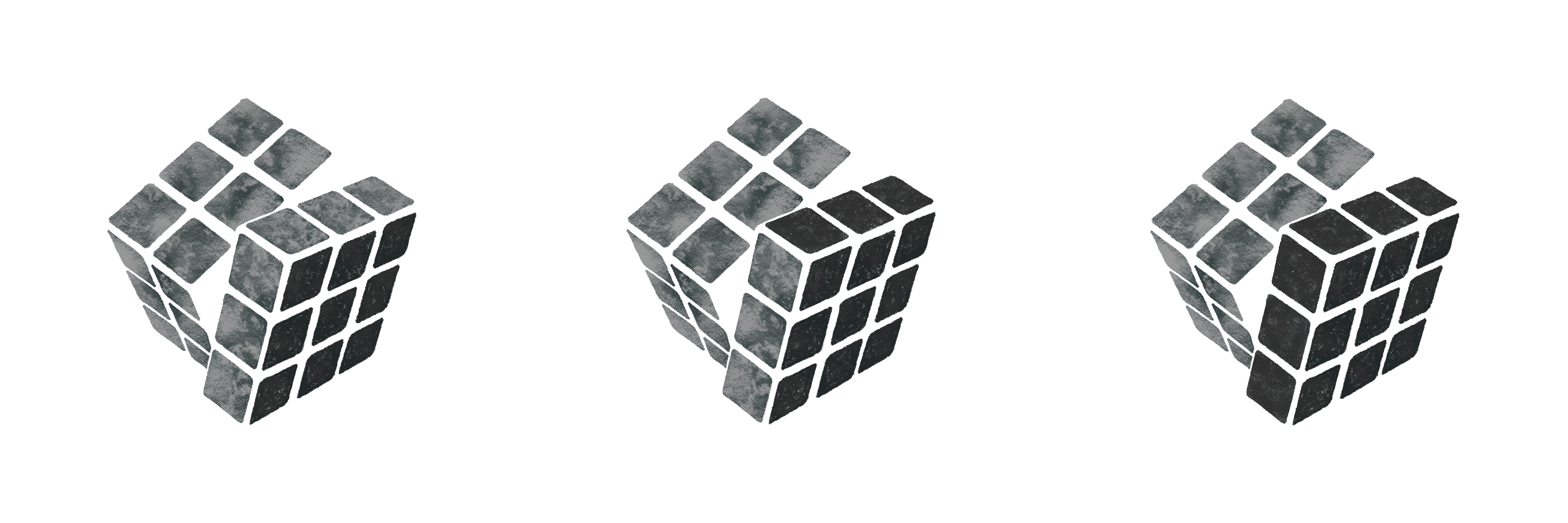Daily, snackable writings to spur changes in thinking.
Building a blueprint for a better brain by tinkering with the code.
subscribe
rss Feeds
SPIN CHESS
A Chess app from Tinkered Thinking featuring a variant of chess that bridges all skill levels!
REPAUSE
A meditation app is forthcoming. Stay Tuned.
MOMENTARY NAVIGATION
February 20th, 2020
Where should I go and how do I get there?
This pair of questions underlies most everything that we do. Deciding on a vacation, a goal, a lifestyle, and then figuring out how to get there. Almost everything is an act of problem solving that fits into these questions either literally or figuratively.
The question, ‘what to do?’ is another form of ‘where to go?’ Both point at some object of desire that might exist in the future, whether that be a real place or the place in time where an achievement has become manifest.
First we decide, and then we shoot for the option.
Both are subtle versions of the same skill.
The solution to any problem generally involves some manipulation of parts and ideas until they fuse in a way that works. The basic foundation of this process is options. It’s difficult to form a sentence in a foreign language if you don’t know any words in that language and therefore don’t have any options to choose from.
This initial step in the problem solving method is identical to the first question: where to go or what to do?
At core the question asks: what problem are you going to work on?
The follow up would be: are you aware of all the available problems that can be worked on?
Many people don’t consider this question, allowing their options to be determined by the most obvious forces in their life, as opposed to considering subtler options that are sometimes quite literally off the beaten path.
These sets of questions boil down to something even more fundamental, that is, attention itself.
The ability to solve a problem, to sort the components of possible solutions, or to even select the problem in the first place is a question of attention, and how we manage to direct it.
However, the vector for attention is inverted. Our attention does not reach out from our head and touch things that we want to contemplate. It’s the other way around. Things in our sphere of conscious experience reach out for attention from us.
Think of it this way. Say you are at a café and you are deep in thought over something you are working on. You haven’t been all that aware of anything else going on around you for hours. But then suddenly two cars collide outside on the street in a loud bang. You look up to see what’s going on.
Now what exactly happened with the attention here? Something that you were totally unaware of reached out and took your attention.
This is exactly how distraction works. If it’s big enough and flashy enough and loud enough, it’ll interrupt your preoccupation with some other source of attention and take yours.
Knowing how to refuse the call for attention of thousands if not millions of different things everyday, whether they be T.V. commercials or doughnuts or lackluster career paths, or even our own very thoughts – knowing how to swipe these aside so they don’t take up our time is a superpower, perhaps even the only power that we have.
If you can navigate the moment,
you can go anywhere.
-compressed.jpg)
